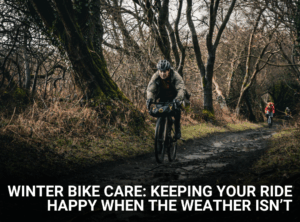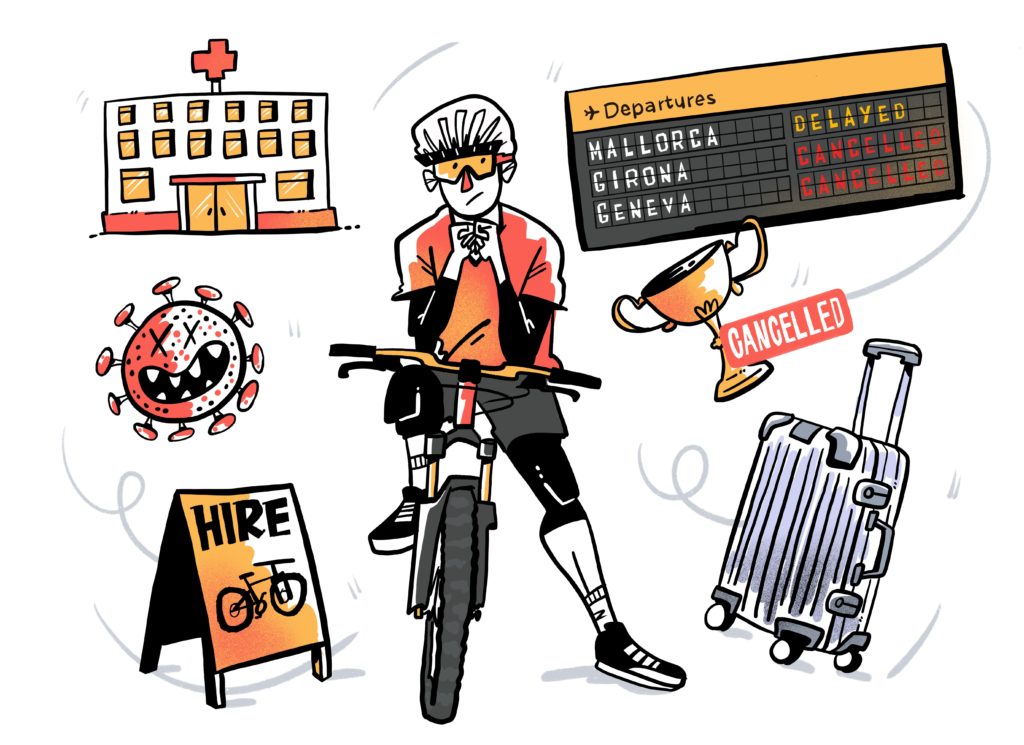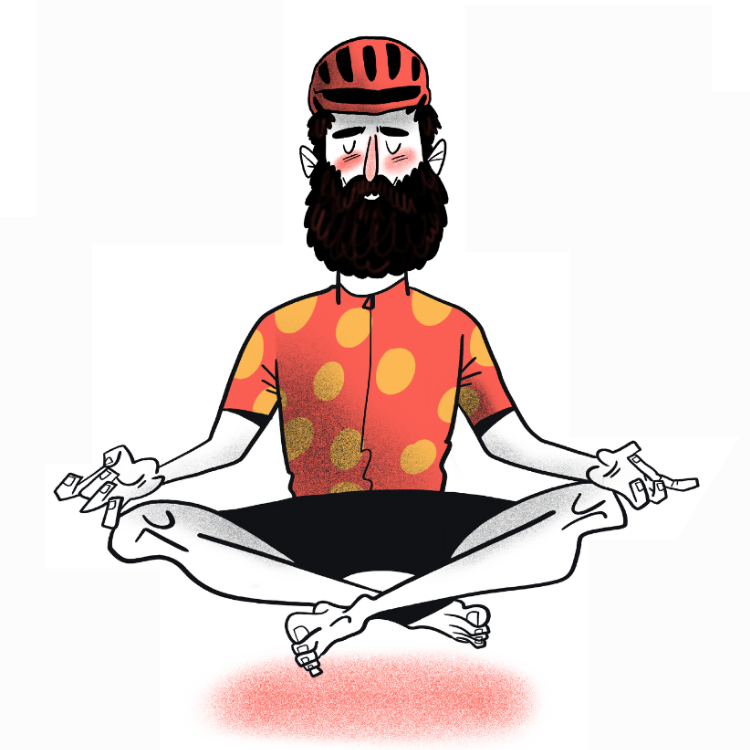Embarking (sorry, I couldn’t resist!) on trail rides with your dog for the first time can be an exhilarating experience for both you and your dog and can lead to unforgettable adventures. However, it is important to understand that mountain biking with your dog requires some preparation and training to ensure a safe and enjoyable experience for both you and your dog. If your dog is not appropriately trained and introduced to riding next to a mountain bike, the experience may be overwhelming and dangerous for them. In this article, we will discuss the basics on how to mountain bike with your dog, including the necessary equipment, training, and safety precautions to keep in mind.
Which dog is best?
First and foremost, if you’re new to dog ownership, the most important consideration is the type of dog you choose. Having an energetic dog which can run with you all day doesn’t necessarily mean they’re going to be well suited to your everyday lifestyle. The vast majority of trail dogs you will see online are working dogs such as Vizslas, Huskies, Weimaraners, German shorthaired pointers, Spaniels and Collies. These types of dogs have boundless energy which if not harnessed, can lead to behavioural problems. Typically speaking there are breeds of dog which simply aren’t cut out for endurance exercise such as pugs, Pekingese, Bulldogs, French Bull dogs, Dachshunds, Mastiffs and even Boxers. They either have poor body structure for running (a long body and short legs), prone to breathing difficulties (brachycephalic breeds), or are too large or too small in size. These traits don’t lend well to endurance sports. Similarly, you don’t need a pedigree working dog either as there are many breeds and cross breeds which not only make ideal family pets, but also great trail dogs too. If you have a puppy, you should not be taking them running until they’re at least 12 months old as their bones are still growing. Ignoring this can lead to the early onset of arthritis and hip problems.
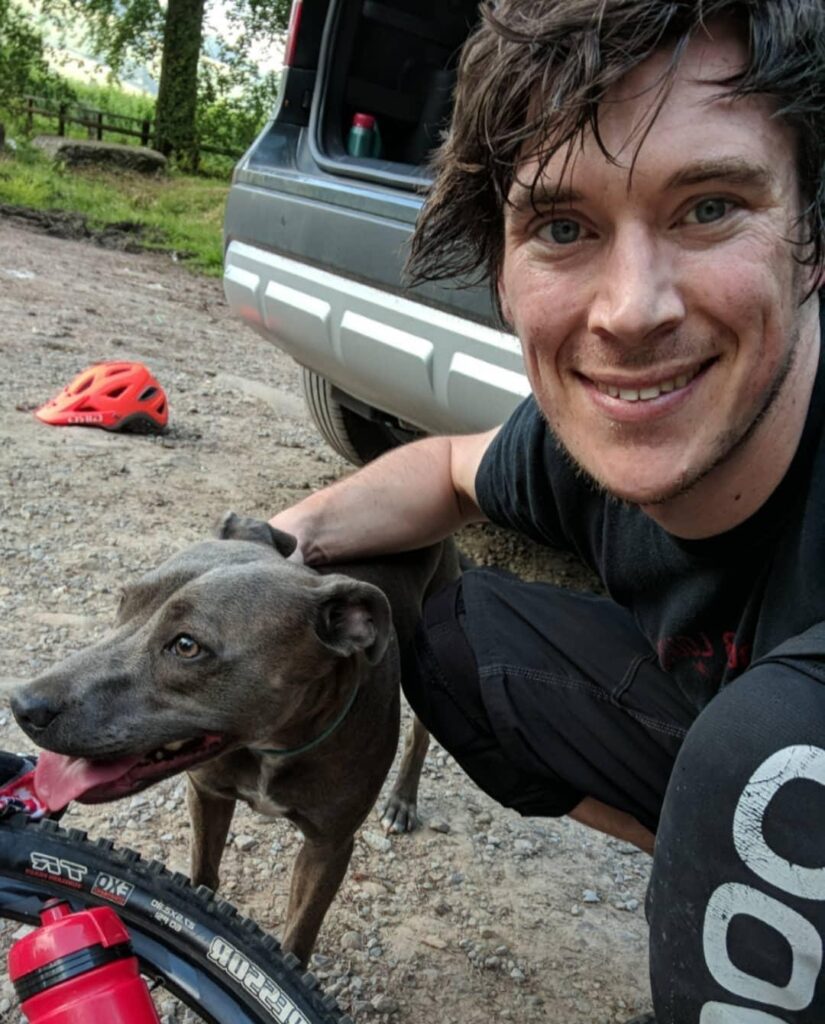
Start with basic training
As any responsible dog owner will know, teaching your dog basic commands and obedience is key. Before you even look at the bike, your dog needs to have good recall and the ability to walk to heel. Additionally, your dog needs to be well socialised on and off the lead around others dogs, adults, children and livestock. Remember, the woods and trails are for everyone to enjoy and not everyone likes dogs, so this must be respected. If you cannot control your dog, it should not be loose in a public place.
Introduce the bike
Once you have mastered basic training, it’s time to get your dog used to your bike. Exposure to bicycles from a young age will help minimise anxiety issues, so the sooner they are surrounded by bikes, the better.
Start with taking them on a walk but sat on your bike. keep the dog on the lead so to build their confidence when riding next to you. You need to ensure that your dog is comfortable around your bike and knows not to step under the frame or tyres when moving. Once this is mastered, head out to some open spaces. Ideally, you want to aim to keep your dog behind you, however this can be difficult if you’re practising on a route that you’d normally walk with a loose dog.
If your dog does run in front of you or stops, a particularly useful skill is for your dog to be able to run on command so they don’t get run over. This is especially important once you hit the trails because there are times when you won’t be able to stop if they do! Again, this is why getting them to follow is a safer bet.
Don’t forget to reward your dog for good behaviour while training. This positive reinforcement will help them associate mountain biking with a positive experience.
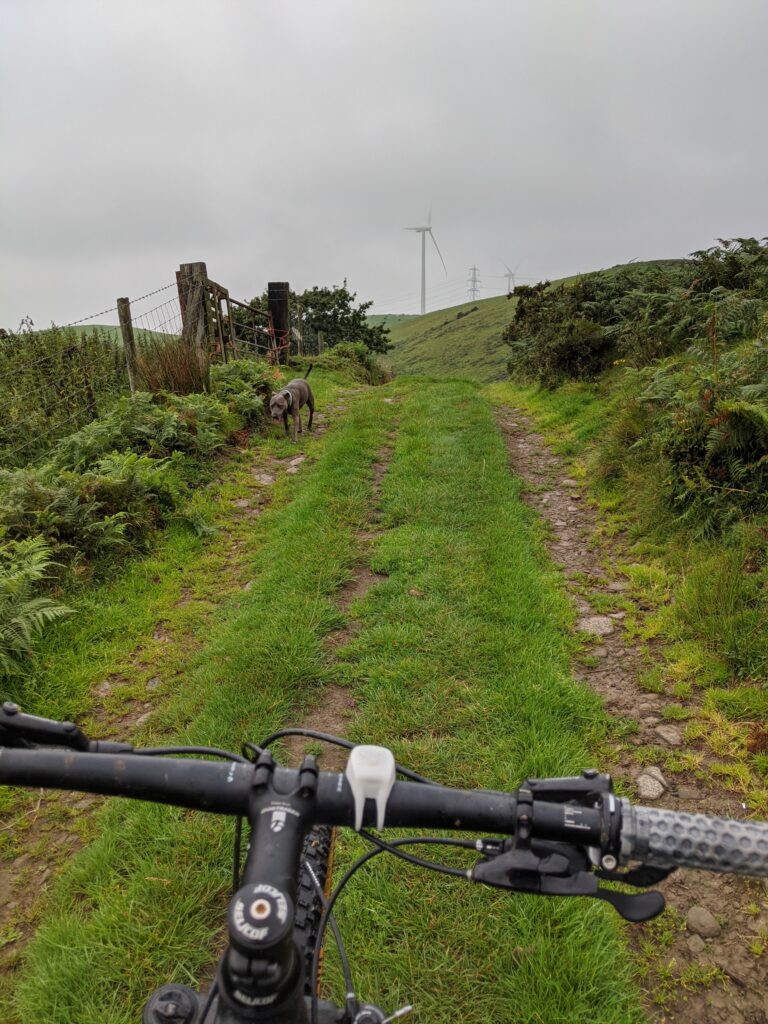
Start steady
When you first take your dog to the trails, plan a route around your local trails. Ideally, if you stick to single track, it’s easier to keep you dog behind you because the dog is not going to want to risk running too close to your bike to get past you. Avoid trail centres at all costs as they’re too big and generally too busy for a beginner trail dog.
I taught my dog to keep behind me as it just felt safer. Only start your run when your dog is behind you. If they run ahead, stop and give them the command to get back again. The dog should learn that going ahead means less fun because they have to keep stopping. This method is easier to learn on more technical single track. It’s also advisable to avoid riding with your friends when you start so that your dog has less in the way of distractions. Try to master these skills on the same trail to help reinforce the good behaviours.
Of course, it’s inevitable that some dogs won’t stay behind you and if this is the case then go with it, but it’s really important that your dog always maintains momentum and has good recall so that they don’t stray onto a neighbouring trail or pass other riders.
Pick the right terrain and weather conditions
Dogs are better suited to soft ground. They have more grip and control. Running over rocky terrain is much harder for them. Also bear in mind that they are going to have to figure out how to get over larger obstacles so avoid big drop offs or senders where possible!
Avoiding long fire road descents is essential. Although the descent is likely to be easy for you, your dog doesn’t have 2.4” of soft compound tubeless rubber under its feet. Descending at speed over sharp stones can damage your dogs paws.
Avoid taking your dog out on days when the heat is excessive. Be mindful that they’re going to have to work hard to keep up with you. Equally, if you’re going out in severe weather conditions or areas of increased exposure to the elements, your dog may need a coat.
Useful Equipment
A suitable harness or well fitted collar
If using a harness, it should fit snugly around your dog’s body to ensure it stays in place during the ride. It is essential to choose a harness that does not restrict your dog’s movement and allows them to breathe comfortably. Make sure that the harness does not rub. likewise, if using a normal collar, ensure that its not too tight!
A hands-free lead
A hands-free lead allows you to control your dog while still maintaining balance and control of your bike. Make sure the lead is adjustable and can fit comfortably around your waist or attach to your bike’s frame. Keeping the lead on you at all times so that you can safely navigate through built up areas, carparks and roads.
A collapsible water bowl
Your dog needs to stay hydrated during the ride, so it is essential to carry a collapsible water bowl and plenty of water for them. Alternatively, if you are doing laps of a local woodland, leave a water down at the bottom of the trails or by your vehicle so that your dog can replenish frequently.
First aid kit
Accidents can happen, even on the easiest of trails. It is important to carry a first aid kit with you while mountain biking with your dog. The kit should contain items such as antiseptic wipes, bandages, and tweezers in case they get something stuck in their paws
ID tag
Make sure that your dogs ID tag is suitably attached with your current contact details.
Snacks
like us, dogs burn through the calories when exercising. If you’re going out for an extended period, take some dog treats to keep their energy levels topped up.
Do you ever ride with a trail dog? Let us know in the comments!


